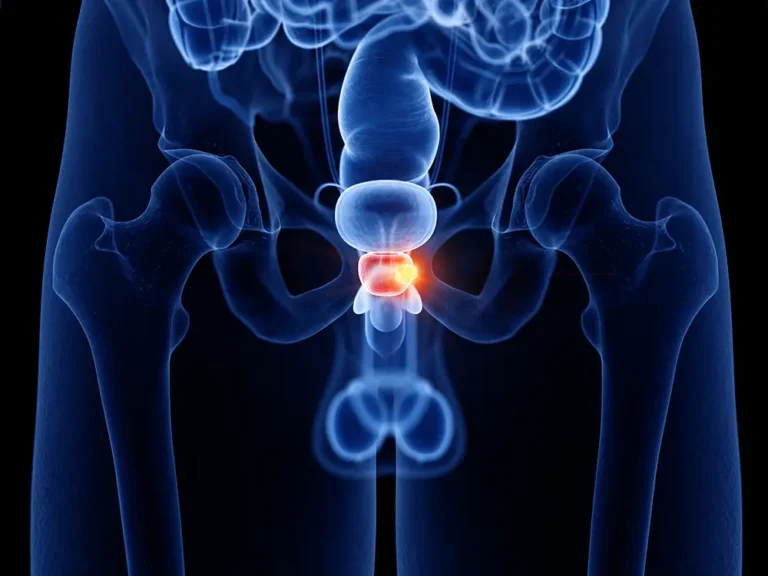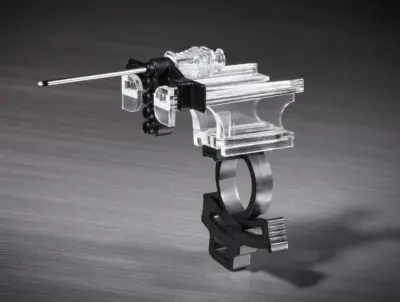If you or a loved one are considering a prostate biopsy, ask your Urologist if a MRI/Ultrasound Fusion Guided Biopsy or Transperineal Biopsy may be a good option for you.
MRI/Ultrasound Fusion Guided Biopsy

A transrectal ultrasound (TRUS) guided prostate biopsy is generally indicated for patients with an elevated Prostate Specific Antigen (PSA) or an abnormal rectal exam. It is performed in an office-based setting using local anesthesia. While the ultrasound is good at imaging the overall prostate anatomy, it is not very good at detecting cancerous lesions. Therefore, biopsies are traditionally performed using a mapping technique to sample certain areas of the prostate where we know cancer tends to form but can not target specifically concerning areas.
Magnetic Resonance Imaging (MRI) can provide amazing anatomical detail for certain organs including the prostate. It is being utilized more and more to help identify aggressive prostate cancer within the prostate both prior to biopsy as well as prior to treatment. While real time/live MRI cannot be performed during a biopsy; the MRI images can be “fused” onto live ultrasound images. This is referred to as a MRI/Ultrasound Fusion Guided Biopsy. This allows the physician to target suspicious areas of the prostate to biopsy increasing our ability to find clinically significant cancer if it is present.
Transperineal Biopsy

PrecisionPoint® Transperineal Access System (PPTAS)
The PrecisionPoint® Transperineal Access System (PPTAS) is the first FDA cleared device allowing free-handed transperineal biopsy of the prostate. The device and technique eliminate the need for bowel prep and antibiotics prior to the prostate biopsy.
The procedure allows access to the prostate through the perineum, avoiding the rectum completely. The procedure takes 15-20 minutes and can be performed under local or twilight anesthesia.
Faster prostate biopsies with less chance of infection
The patented clamping mechanism allows the practitioner to use their existing BK ultrasound platform and cylindrical transrectal ultrasound transducer probe (0.7” – 0.85” BK #8658 or equivalent). Using a bi-plane linear ultrasound probe, one can adjust the position not only to probes of varying diameter, but also to any location along the shaft of the probe. An access needle press fits into the desired aperture of the sliding carriage allowing for a multitude of samples to be taken through a single puncture of the skin.
In addition, the PrecisionPoint® Transperineal Access System (PPTAS) minimizes the potential for infection, since passage of the biopsy needle avoids the rectal wall contaminants entirely. For the patient, this means no bowel prep or need to pre-medicate with antibiotics. The PPTAS enables the practitioner to perform the biopsy under local anesthesia in a time sensitive fashion.

